Houseplants bring life, beauty, and personality into any living space. From lush foliage to colorful blooms and sculptural leaves, style plants — those selected primarily for their aesthetic appeal — are popular additions to homes, offices, patios, and gardens. However, no matter how visually striking a plant may be, it relies on one essential care factor: proper watering.
For many plant parents, figuring out when to water is the trickiest part of plant care. Water too often, and you risk root rot and fungal issues. Wait too long, and your once-vibrant plant may wilt, drop leaves, or fade. So how can you tell when your style plant needs water? In this complete care guide, we’ll break down the signs, methods, and care tips you need to confidently hydrate your decorative plants and keep them thriving.
Why Proper Watering Matters for Style Plants

Watering isn’t just about quenching a plant’s thirst — it supports crucial biological processes like:
- Photosynthesis
- Nutrient transport from roots to leaves
- Leaf, stem, and root development
- Temperature regulation
Both overwatering and underwatering can severely stress style plants, leading to drooping, yellowing, leaf loss, and even death. Since many style plants are chosen for their visual value, maintaining their pristine look depends heavily on balanced, timely hydration.
What Affects How Often Your Style Plant Needs Water?
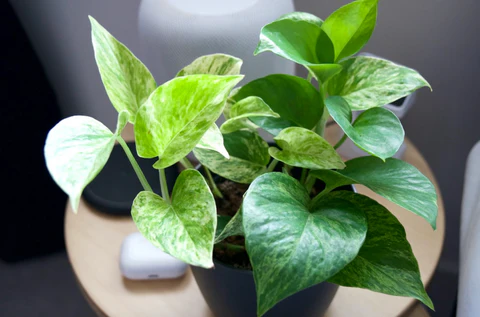
Different plants have different watering needs. Several key factors influence how often you should water:
Plant Type
Succulents, cacti, and snake plants need much less water than tropical plants like ferns, calatheas, or peace lilies. Learn your plant’s natural habitat to understand its moisture preferences.
Pot Size and Material
Small pots dry out faster than large ones. Terracotta pots are porous and lose moisture quicker than glazed or plastic containers.
Light Exposure
Plants in bright, sunny spots use more water than those in shadier areas, as sunlight accelerates evaporation.
Temperature and Humidity
Warm, dry air dries soil faster. In contrast, cooler or humid rooms slow down water loss.
Soil Type
Fast-draining, sandy soil dries quickly, while dense, peaty soil holds water longer.
Knowing these variables will help you develop a watering routine tailored to your plant’s needs.
How to Know When Your Style Plant Needs Water
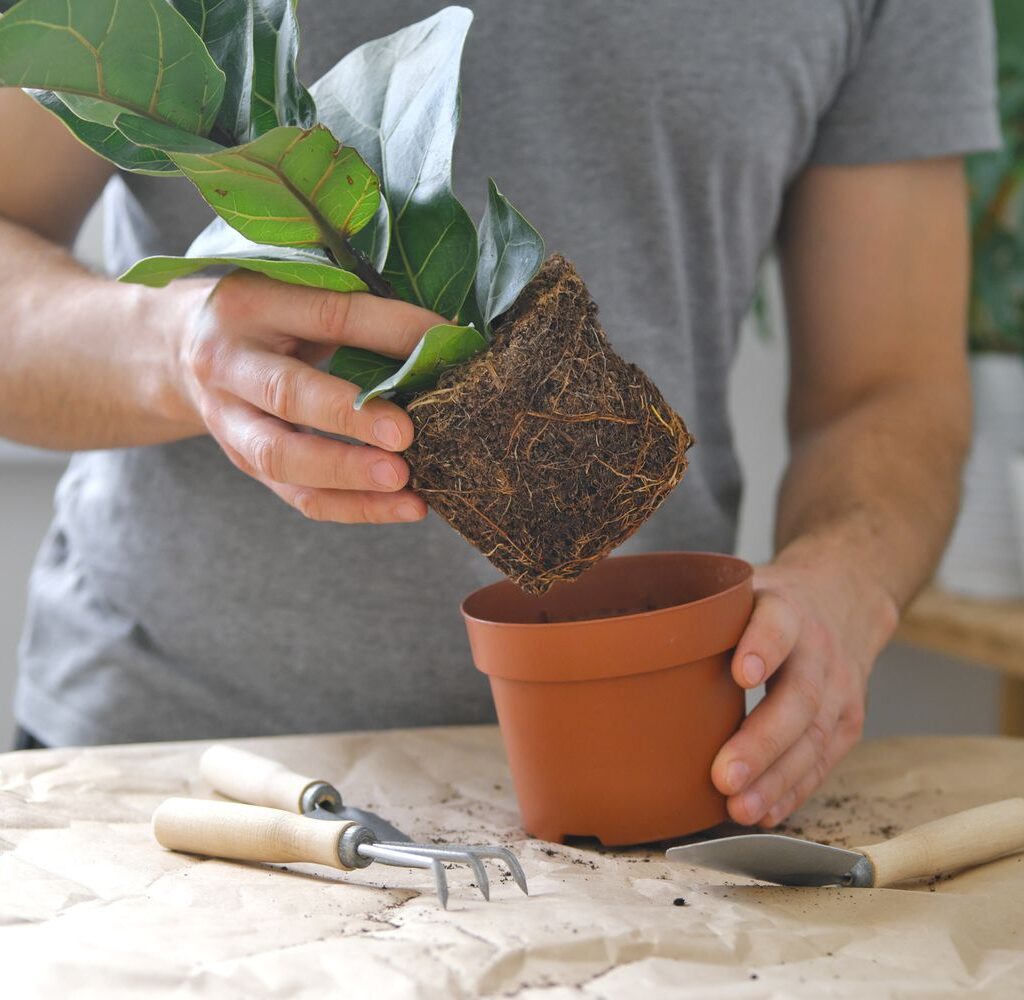
Now — let’s focus on reliable, practical ways to check your plant’s hydration needs:
The Finger Test
The simplest, most effective method is the finger test.
- Insert your finger 1–2 inches into the soil.
- If the soil feels dry at that depth, it’s time to water.
- If it’s still moist, wait a couple of days and test again.
This works for most houseplants and ornamental plants in pots.
Observe Leaf Behavior
Leaves are excellent indicators of a plant’s health and hydration level.
- Wilting or drooping leaves: Often the first sign your plant needs water. However, be careful — overwatering can also cause wilting.
- Crispy, dry leaf edges: Suggest dehydration or low humidity.
- Dull, limp leaves: Typically mean the plant isn’t getting enough moisture.
If you see these signs, check the soil immediately to confirm whether water is needed.
Check Soil Color and Texture
Soil changes appearance and texture as it dries:
- Dry soil appears lighter and may crack or pull away from the edges of the pot.
- Moist soil stays darker and clumps together when pressed.
This visual cue helps confirm when it’s time to water.
Lift the Pot
An experienced plant parent trick is lifting the pot to gauge weight:
- A light pot usually means dry soil.
- A heavier pot indicates wet soil.
With practice, you’ll be able to estimate whether a plant needs water simply by its weight.
Use a Moisture Meter
If you’re uncertain, a moisture meter is a handy, inexpensive tool that instantly measures soil moisture.
- Insert it to the plant’s root level.
- Follow the reading scale (dry, moist, wet) to decide if watering is necessary.
It’s particularly useful for deep pots, delicate plants, or larger indoor arrangements.
General Watering Frequency Guidelines
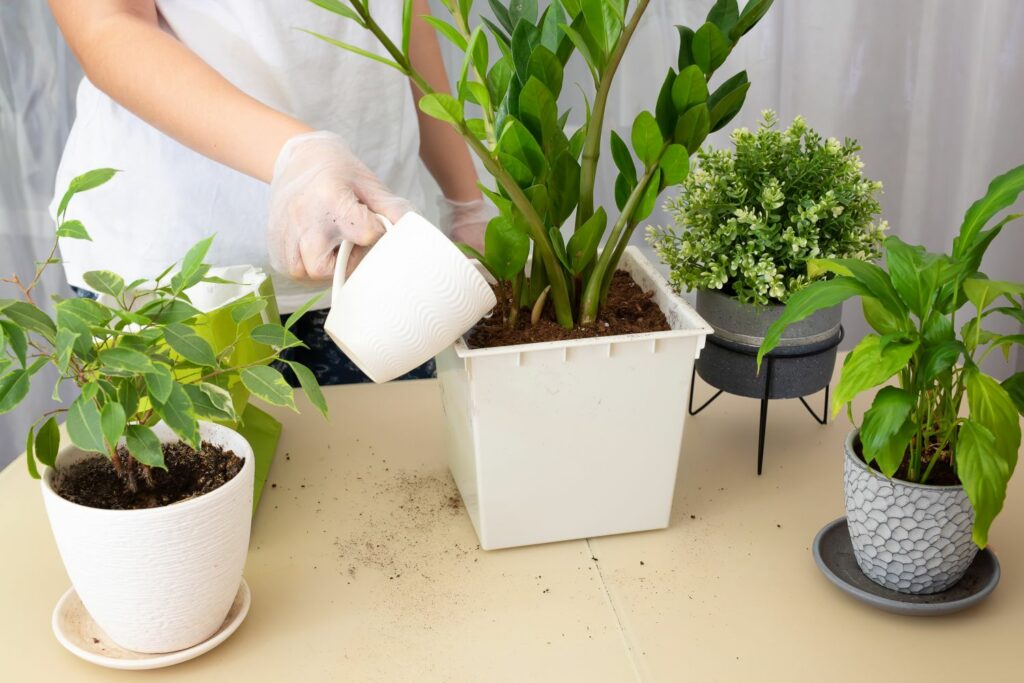
Though no single schedule fits all plants, here are rough guidelines for popular style plant categories:
| Plant Type | Watering Frequency |
|---|---|
| Cacti/Succulents | Every 2–3 weeks |
| Snake Plant, ZZ Plant | Every 10–14 days |
| Tropical Houseplants | Every 7–10 days |
| Ferns, Calatheas | Every 3–7 days (keep slightly moist) |
| Outdoor Potted Plants | Daily in summer, weekly in cooler seasons |
Always adjust based on the plant’s needs and current conditions.
Signs of Overwatering
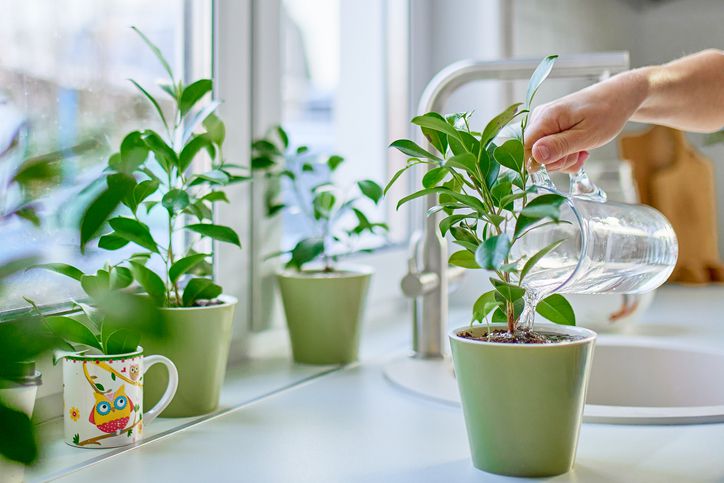
Sometimes, too much love can hurt. Watch out for these signs of overwatering:
- Yellowing leaves
- Wilting despite wet soil
- Mushy, black roots (root rot)
- Mold on the soil surface
- Fungus gnats around the plant
If you notice these, stop watering immediately and let the soil dry out. Trim off any rotten parts and improve drainage if necessary.
Best Watering Practices for Style Plants
Here’s how to water your style plants the right way:
- Water deeply until excess drains from the bottom. Shallow watering leads to weak roots.
- Empty saucers after 10–20 minutes to prevent soggy roots.
- Always use room-temperature water to avoid shocking the roots.
- Water in the morning to help the plant absorb moisture before afternoon heat.
- Reduce watering frequency in winter, when plant growth naturally slows.
Special Watering Tips for Popular Style Plants
- Fiddle Leaf Fig: Water when the top 2 inches of soil are dry.
- Peace Lily: Wait until leaves droop slightly, then water generously.
- Aloe Vera: Let soil dry out fully between waterings.
- Spider Plant: Keep soil lightly moist, avoid total drying out.
- Monstera: Water when the top inch of soil is dry, and increase humidity.
Seasonal Watering Adjustments
Watering needs fluctuate with the seasons:
Spring & Summer
- Growth is active; plants need more water.
- Check soil every 4–7 days depending on temperature and light exposure.
Fall & Winter
- Growth slows; reduce watering to every 10–21 days depending on plant type.
- Increase humidity for tropical plants to compensate for dry indoor heating.
Conclusion
Mastering the art of watering is key to healthy, thriving style plants. Learning to recognize signs of thirst — through soil checks, leaf cues, pot weight, and visual observation — ensures your plants receive the hydration they need without the risks of overwatering.
By paying attention to plant type, environment, pot size, and seasonal changes, you can create a customized, confident watering routine for every style plant in your care. With proper hydration and consistent care, your style plants will reward you with vibrant leaves, beautiful blooms, and lively greenery that enhances your space naturally.

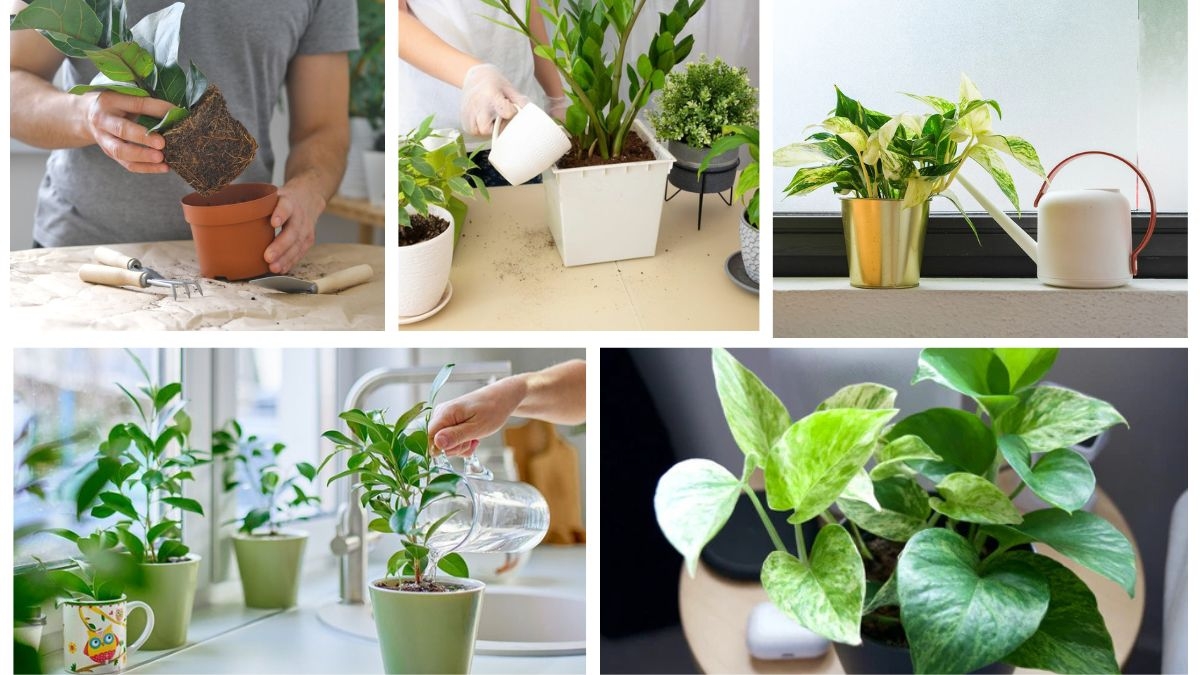





Leave A Comment